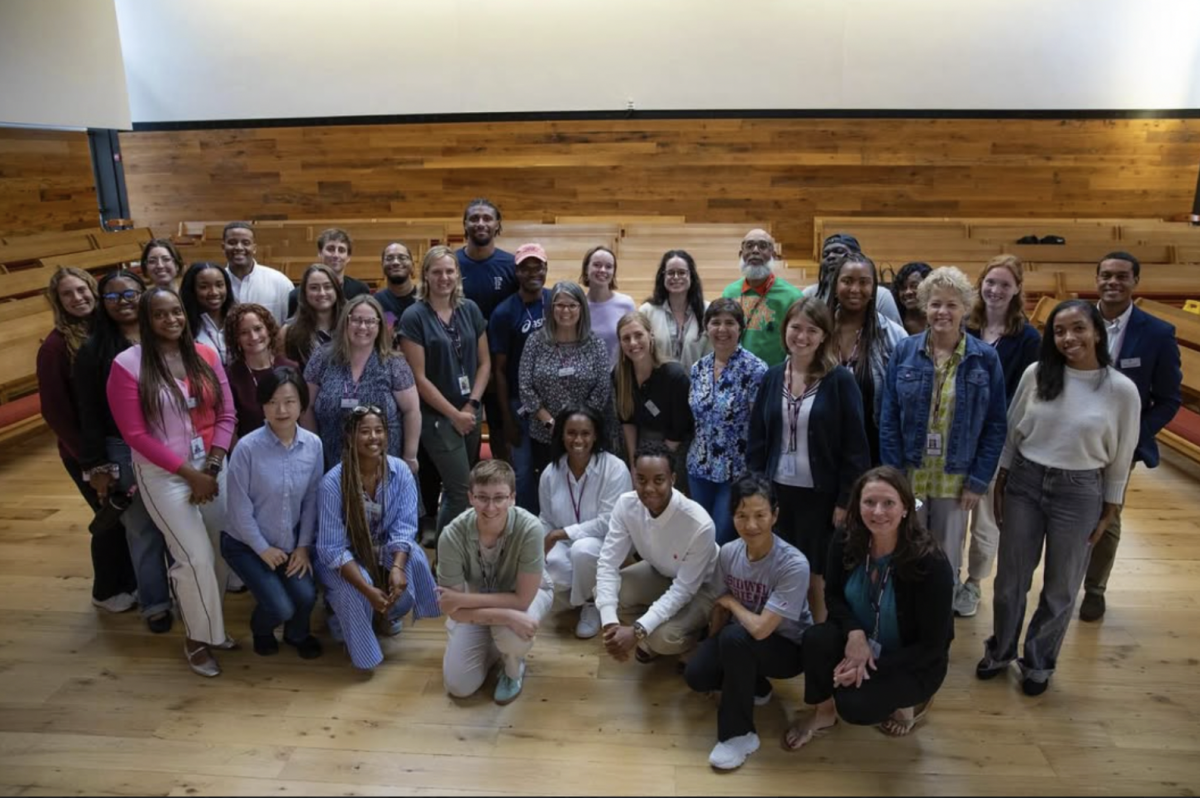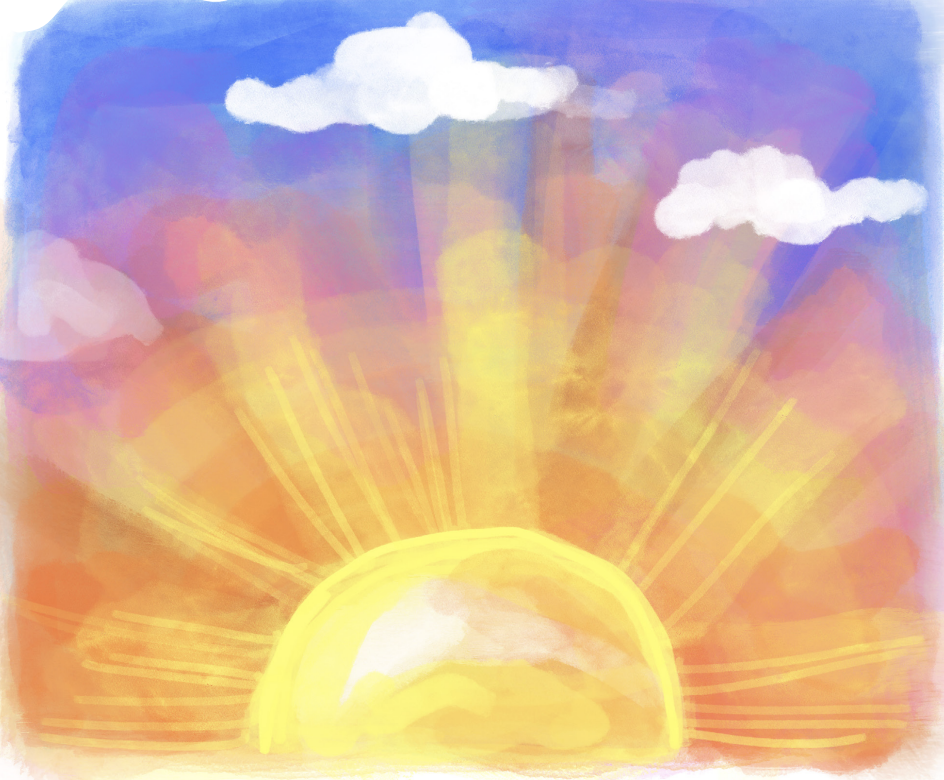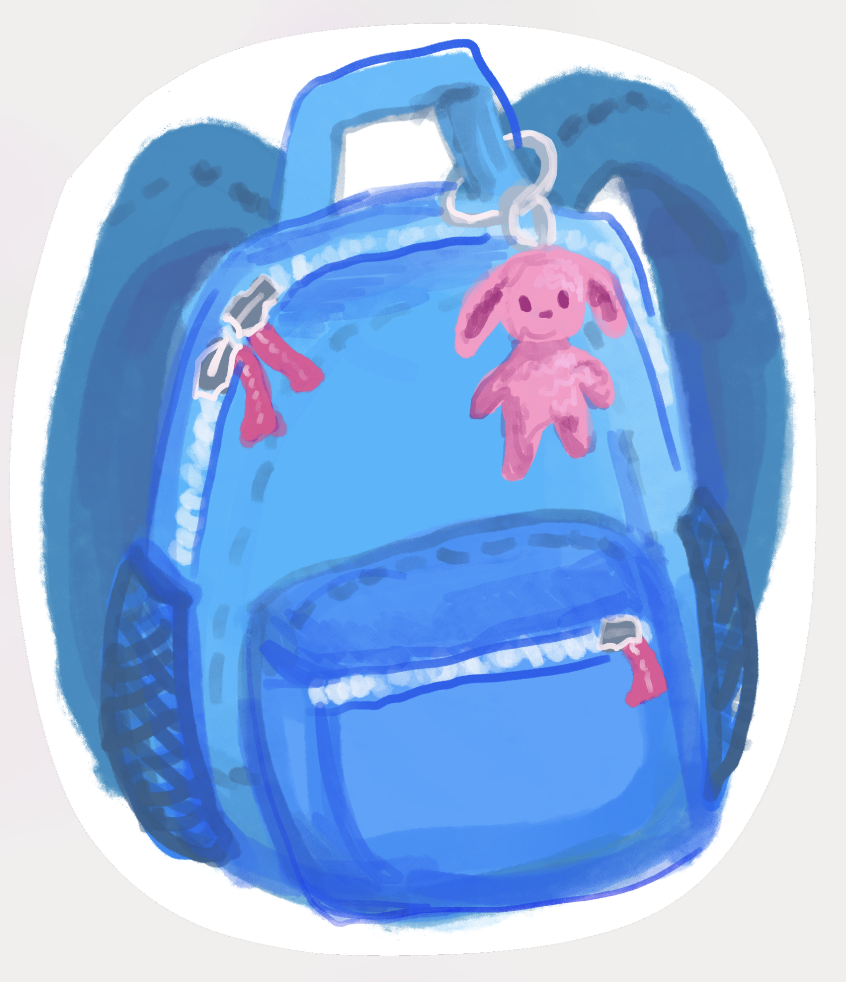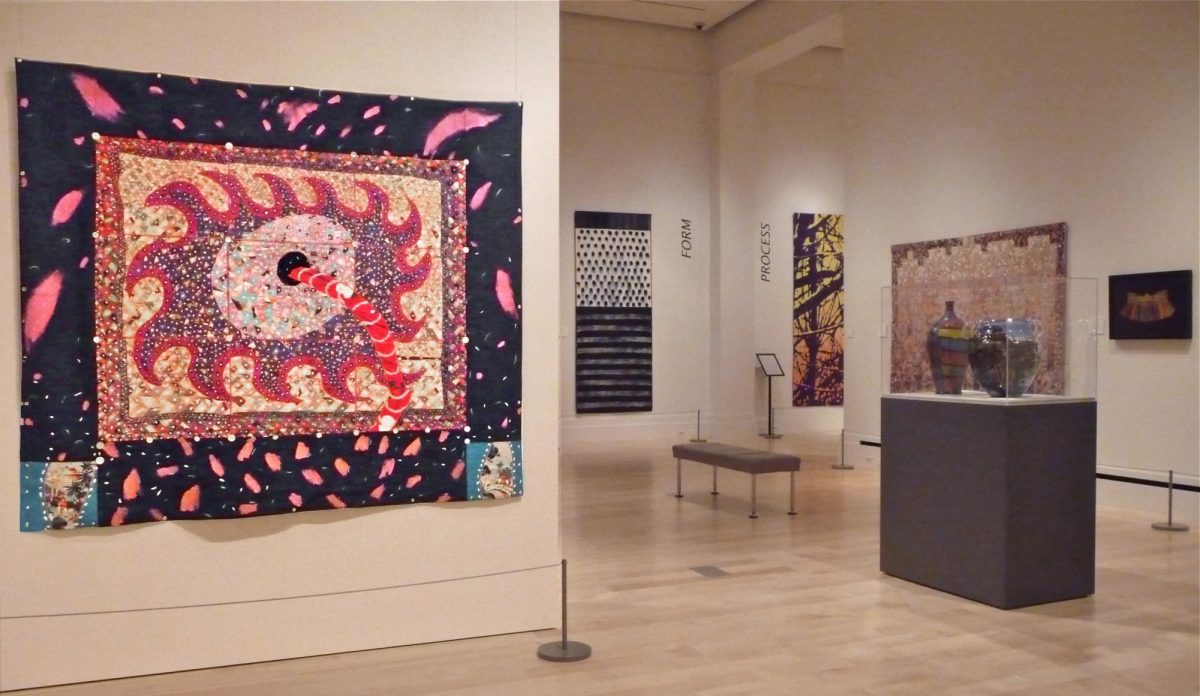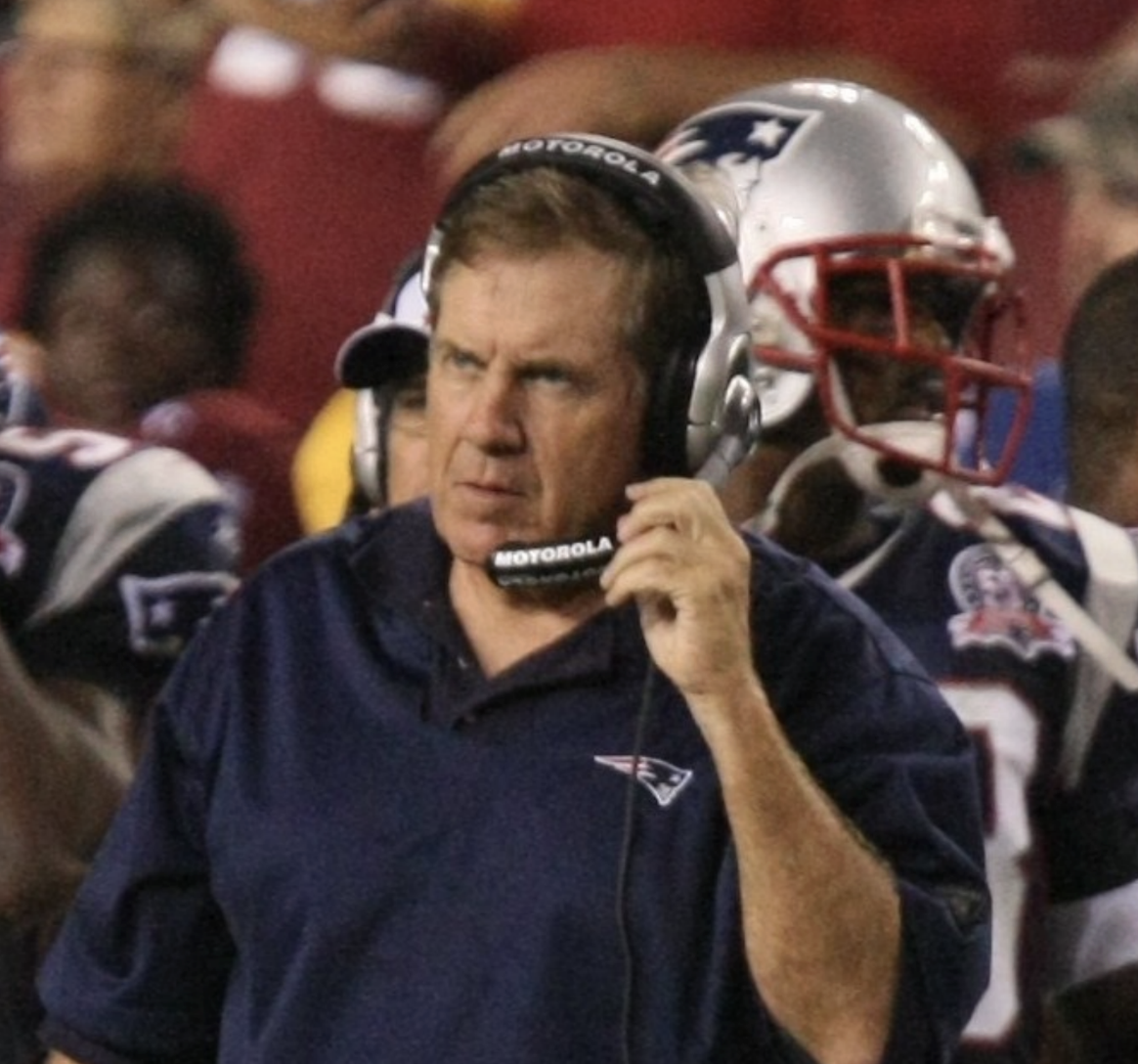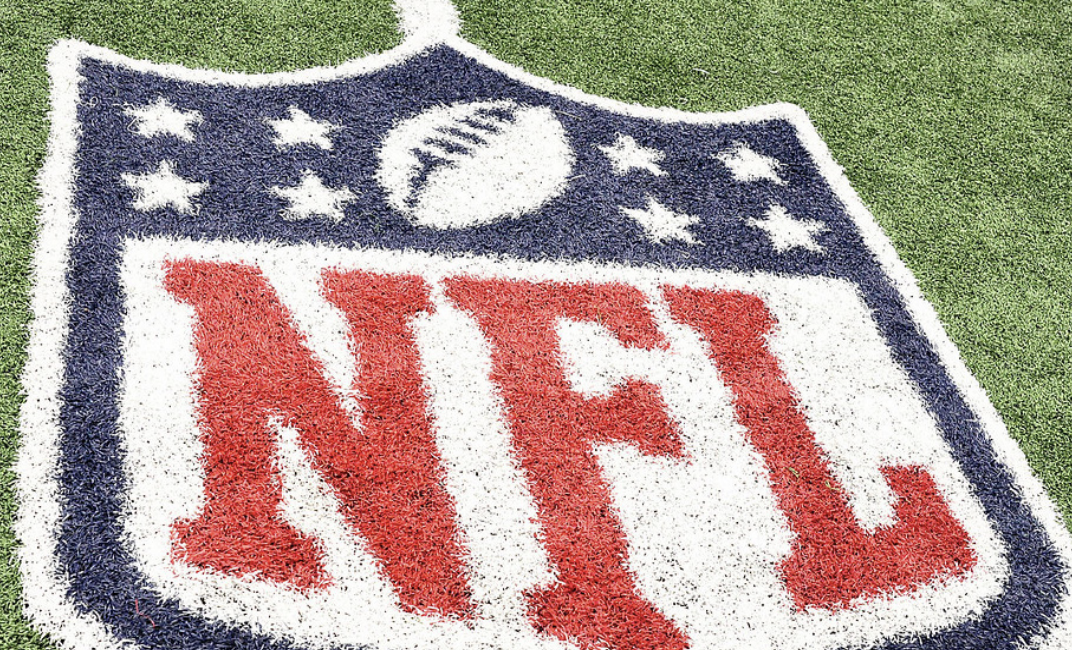The movie KPop Demon Hunters (KDH) has taken the digital world by storm. With expressive characters and catchy music, it has quickly cemented itself as a fantastic movie with a cult following. Released on Netflix on June 20, the animated musical fantasy has since become the streaming giant’s most-watched animated original film ever, with over 236 million views.
The movie follows a K-pop group called Huntr/x and its members Rumi, the lead singer; Zoey, the rapper and lyricist; and Mira, in charge of visuals and dancing, who lead secret lives as demon hunters. In ancient times, demons overran the world, causing chaos and harm in the human realm. They were subdued by a group of singers who sealed them away using the Honmoon, the barrier between the demon and human worlds. Every generation, a new group of singers not only fights the demons that slip through the barrier, but also uses their songs to strengthen it. The more popular the group and their songs are, the more powerful the Honmoon is.
In K-Pop Demon Hunters, Huntr/x must fight against a K-pop boy band called the Saja Boys, which is composed of disguised demons who threaten the human world and Huntr/x’s supernatural power. The Saja Boys were sent to steal the popularity from Huntr/x, in turn decreasing the power of the girls. As the movie continues, the plot becomes increasingly dramatic, culminating with an unexpected twist.
Within the first few months of its release, KDH has amassed a cult-like following. Its lead single, “Golden,” topped the Billboard 100 tracks, becoming the first single by a fictional group ever to do this. The soundtrack album debuted at No. 2 on the Billboard 200, rivaling real-world albums by Blackpink, BTS and Olivia Rodrigo. Despite the movie’s gimmicky plotline, the soundtrack itself is quite good. Fans believe its songs rival those of real K-pop groups in both production and quality.
KPop Demon Hunters’ animation is similar to that of movies such as “Into the Spiderverse,” as both were created by the same studio. “KDH was conceived as a Sony Pictures Animation project with the working title “KPop: Demon Hunter” in 2021. According to Forbes and Fortune, Netflix and Sony Animation signed a distribution deal in 2021. The deal’s terms included a financial plan where Netflix funded the film’s production and guaranteed Sony $20 million in exchange for the rights to the movie. Because KPop Demon Hunters is a huge success in Netflix terms, it may become a franchise, perhaps leading to a trilogy of movies, a live-action adaptation or even a stage show. Despite the success of KDH, Sony Animations will only make about $20 million from the deal, losing out on the massive popularity of the movie.
Director Maggie Kang wanted to make a film deeply rooted in her Korean heritage. She drew on Korean mythology and demonology, as well as K-pop culture, to create a visually unique and emotionally resonant movie. Huntr/x was primarily based upon Korean mudang, female shamans who used rituals based in music and dance to heal, protect and communicate with the spirit realm. The movie also ties itself to the vastly popular “K-culture mania” stemming from K-drama and K-pop. Kang added subtle details to the plot that mirror real life, like Rumi immediately dancing after hearing Huntr/x’s song. This phenomenon is common amongst K-pop idols, who develop muscle memory because of their intense training schedules. It is details like these that have made KDH so popular.
The movie’s impact has gone far beyond streaming numbers, sparking a global wave of fan creations, dance challenges and real-life K-pop collaborations. Major entertainment companies in Korea have even expressed interest in producing a special “Huntr/x Live” concert featuring real idols performing the film’s songs on stage. KDH has been praised not only for its stylish animation style and ear-catching music, but also for the way it explores themes such as identity, sacrifice, power and the differences between good and evil. If it continues in the direction it is headed, KPop Demon Hunters is shaping up to become a defining pop-culture phenomenon of our time.




